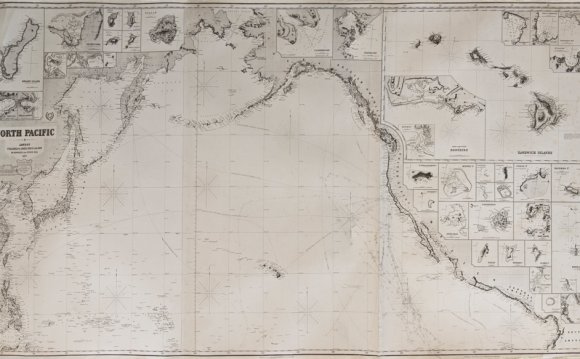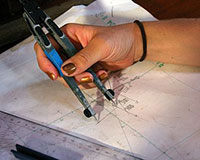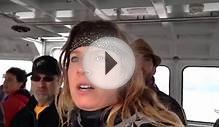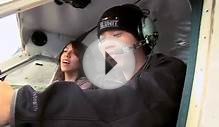

A Captain's Reflections - by Jason Quilter
A ship at rest. The SSV Robert C. Seamans safely docked this morning in Honolulu, Hawaii at 0800. Docklines now tether the ship to a distant shore and her flags fly proudly in the steady northeast trade winds. The stunning backdrop of the Diamond Head volcanic crater silhouettes the tall masts of our ship as we conclude the final moments of our voyage. We mustered one last time on the ship’s quarterdeck to say goodbye to our shipmates and to reflect on our accomplishments.
We have completed the Plastics at SEA: North Pacific Expedition 2012, an historic, 2, 600-nautical mile, 36-day journey. Through the teamwork and exceptional efforts by the entire ship’s crew of 38 people, we have successfully sailed the Robert C. Seamans from San Diego, CA through the North Pacific subtropical gyre and down to the Hawaiian Islands.
Seamans from San Diego, CA through the North Pacific subtropical gyre and down to the Hawaiian Islands.
Our oceanographic research mission has been fulfilled by our dedicated scientists, researchers, and hardworking crew who spent countless hours deploying sampling equipment and tallying the plastic pieces retrieved in our nets. The ship was kept safe and running smoothly by the never ending vigilance and constant care from her devoted…
Beginning the week of October 7, Classroom Outreach Coordinator Pat Keoughan will be posting questions from our partner schools, which will be answered by the scientists and crew onboard the SSV Robert C. Seamans. Check back soon to learn what kids in grades 5-12 are asking and learning about science and life onboard a sailing research vessel in the Pacific Ocean! Click here...
Check back soon to learn what kids in grades 5-12 are asking and learning about science and life onboard a sailing research vessel in the Pacific Ocean! Click here...
Tom Klodenski - Chief Engineer
Tom Klodenski is originally from Newburyport, MA. He has sailed as engineer for Ocean Classroom Foundation, as well as Sound Experience. Sailing for the first time with SEA, he is looking forward to the expedition. In his spare time he plays banjo and tells pretty good (at least he… Full bio...
An area of plastic debris was first observed in the North Atlantic Ocean in the early 1970s, but in recent years, a similar area of plastic debris in the Pacific Ocean has received the most media attention. Sea Education Association (SEA) has been studying both debris fields – in the North Atlantic for the past 25 years, and in the North Pacific the past eight. Click here...
RELATED VIDEO












